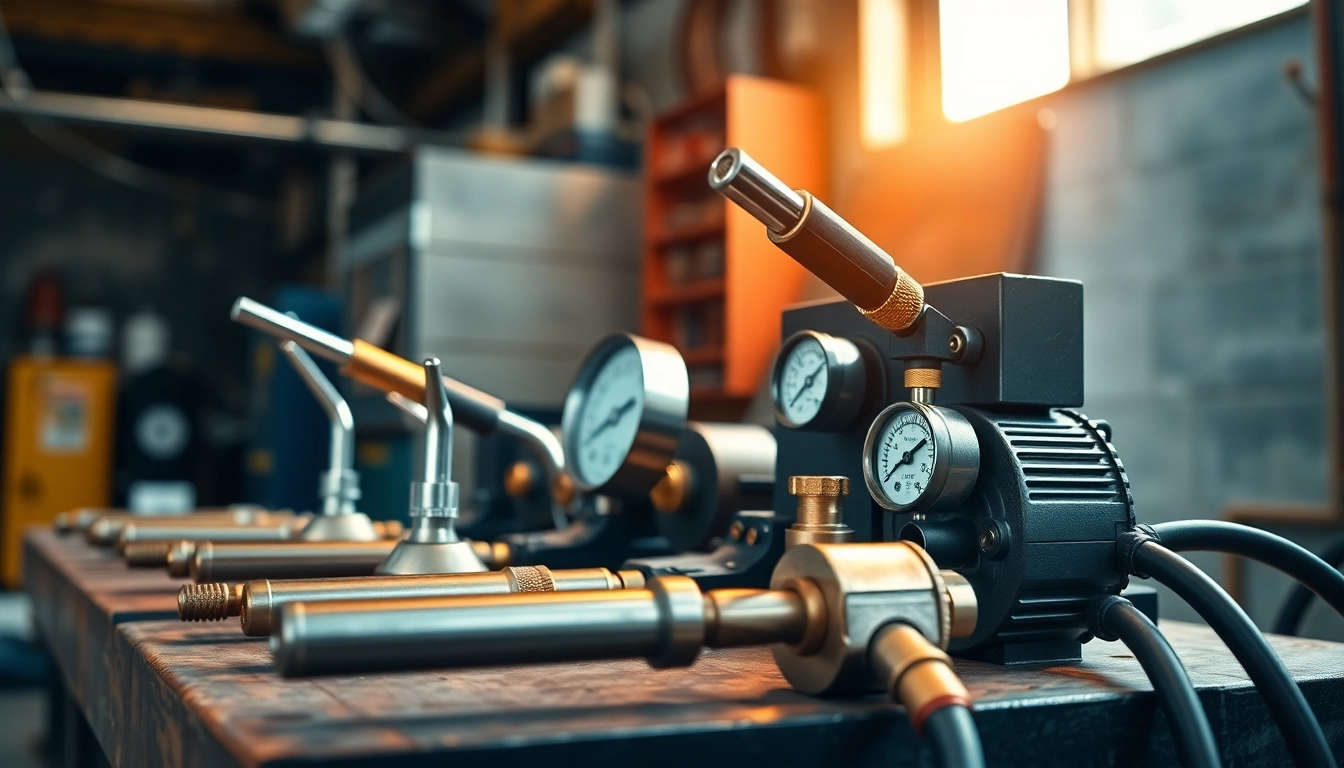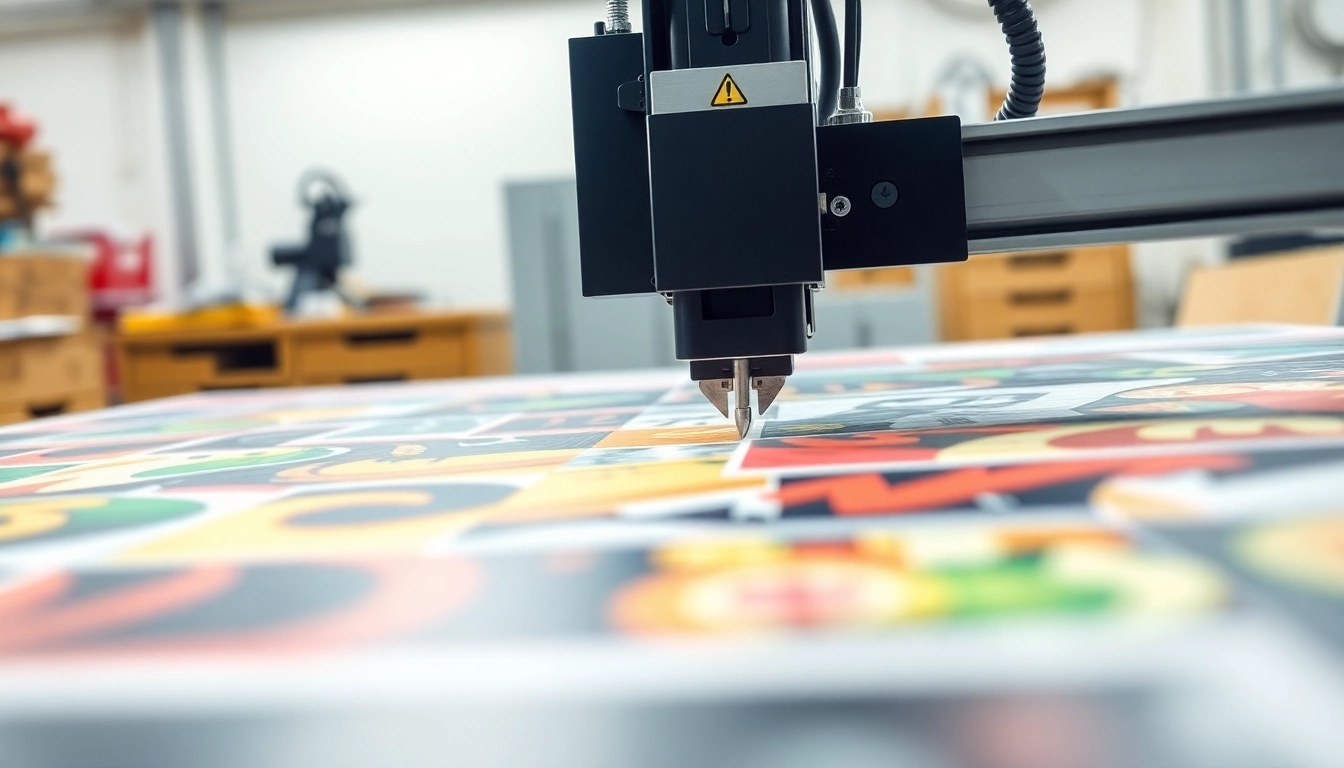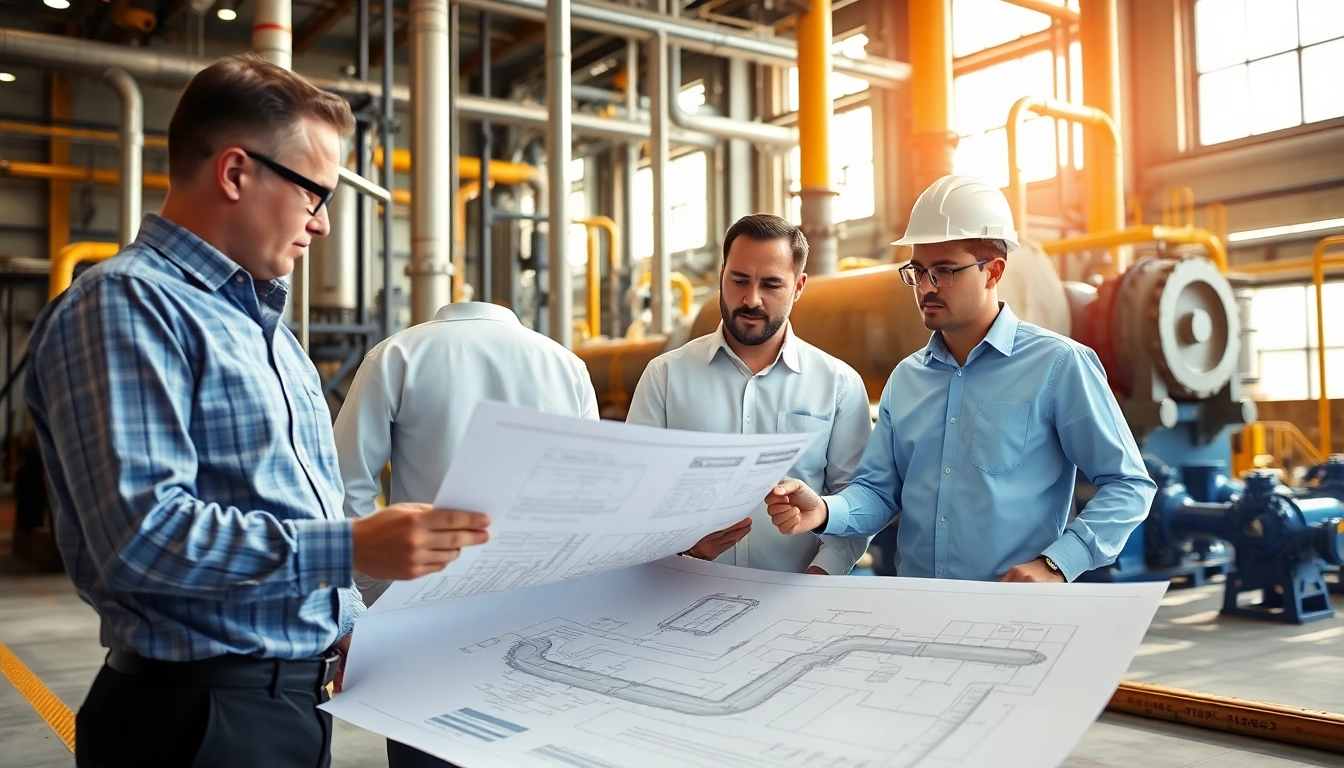Understanding Oxy Gas Welding Kits
An oxy gas welding kit is an essential tool for welders, whether they are professionals in the industry or DIY enthusiasts working on home projects. This versatile equipment allows users to join metals by melting them together using a flame fueled by the combustion of oxygen and acetylene gas. The combination of these gases achieves a flame temperature that can exceed 3,000 °C (5,432 °F), suitable for welding a variety of metals. If you’re looking to explore these capabilities, consider checking out a range of options, including the oxy gas welding kit available on various welding supply websites.
What is an Oxy Gas Welding Kit?
Oxy gas welding kits consist of several integral components that work together to produce a high-heat flame for welding and cutting metals. These kits vary in size and complexity, catering to different skill levels and project requirements.
Most oxy gas welding kits include:
- Fuel Cylinders: Usually, oxygen and acetylene tanks are included. These high-pressure cylinders store the gases required for combustion.
- Regulators: These devices manage and reduce the high pressure of the gas from the cylinders to a usable level, ensuring an adequate flow of gas.
- Hoses: Flexible hoses connect the regulators to the torch, typically made from materials resistant to heat and chemicals.
- Welding Torch: This handheld device mixes the gases and allows for ignition to create a flame suitable for welding.
- Welding Tips: Exchangeable tips that regulate the size and shape of the flame based on the thickness and type of metal being welded.
- Flint Striker: A tool for igniting the mixture of gases at the tip of the torch safely.
Key Components of an Oxy Gas Welding Kit
Each component of an oxy gas welding kit serves a specific purpose in ensuring safe and efficient welding operations. Understanding these elements can significantly influence the quality of your work as well as your safety:
- Oxygen Cylinder: Essential for sustaining combustion. It is crucial to ensure that the oxygen cylinder is always secured upright.
- Acetylene Cylinder: Typically larger than the oxygen cylinder, this gas is flammable and requires careful handling to avoid explosions.
- Pressure Regulators: Each cylinder will have its own regulator, designed to keep the pressure at safe levels for optimal operation.
- Hoses: Standard lengths generally range from 10 to 20 feet. Ensure no knots or damages to extend the life of your hoses.
- Flashback Arrestors: Installed at the end of hoses, these protect against backfire and ensure that flames do not travel back into the hoses and cylinders.
Common Applications and Uses
Oxy gas welding is widely used across various industries due to its adaptability in different scenarios. Common applications include:
- Metal Fabrication: Used to join metals in construction and manufacturing, producing robust structures.
- Automotive Repair: Ideal for fixing metal parts in vehicles, cutting parts for replacements, or reshaping them.
- Plumbing: Helpful for welding pipes and other fittings that require joining metal components securely.
- Jewelry Making: Oxy acetylene welding is used in crafting custom jewelry pieces, providing precision in small-scale applications.
- Art and Metal Work: Artists use it for creating metal sculptures and installations, enhancing creativity with metal manipulation.
Choosing the Right Oxy Gas Welding Kit
Selecting the right oxy gas welding kit is critical for your needs and projects. The appropriate kit will not only enhance your productivity but also ensure safety during operations.
Factors to Consider Before Buying
When shopping for oxy gas welding kits, consider the following factors:
- Skill Level: Some kits are designed for beginners and include simpler components, while advanced kits are suitable for professionals.
- Tank Sizes: Determine the sizes of the oxygen and acetylene tanks that meet your usage requirements while ensuring portability and storage feasibility.
- Included Accessories: Assess whether the kit comes with essential accessories, such as multiple tips or safety gear.
- Budget: Prices can vary significantly, so it is essential to balance your budget with the quality and features you need.
- Brand Reliability: Choose well-reviewed brands known for their quality and customer support in case of issues.
Comparing Budget vs. Premium Kits
When comparing budget to premium oxy gas welding kits, it’s essential to note the advantages and disadvantages of each:
- Budget Kits:
- More affordable initial investment, making them attractive for beginners.
- May contain basic components with limited functionality.
- Can lack advanced safety features and robustness.
- Premium Kits:
- Higher initial cost often translates to better quality components.
- Enhanced safety features to reduce risks during operation.
- Includes additional accessories, increasing versatility in use.
Reviews of Popular Oxy Gas Welding Kits
Several renowned oxy gas welding kits have positive customer feedback for performance and reliability:
- UNIMIG Oxygen Acetylene Gas Kit: This kit provides a comprehensive range of welding accessories and is highly regarded for its ease of use and portability.
- Harris Oxy Acetylene Torch Kit: Known for its durability and precision, this kit is often favored by professional welders.
- Victor Oxy-Acetylene Cutting and Welding Kit: A well-balanced kit that offers excellent flame control and safety features, popular in various industries.
Safety Tips for Using Oxy Gas Welding Kits
Safety should always be paramount when using an oxy gas welding kit. Understanding common hazards and practicing proper safety protocols can help prevent accidents.
Essential Safety Gear and Equipment
Using the correct personal protective equipment (PPE) is crucial in minimizing risks during welding operations:
- Welding Gloves: High-quality leather gloves can protect your hands from sparks and heat.
- Welding Helmet: A helmet with appropriate dark visors helps shield the eyes from intense light and UV radiation.
- Protective Clothing: Wear flame-resistant clothing to ensure full-body protection from sparks and molten metal.
- Safety Shoes: Steel-toed shoes protect against heavy falling objects and hot material.
Common Hazards to Watch For
Be aware of the following hazards that may arise during welding:
- Fire: The oxygen and acetylene gases are highly flammable, necessitating caution during setup and operation.
- Burns: Hot metals and arc burns can occur if protective gear is not worn properly.
- Gas Leaks: Regularly inspect hoses and connections for leaks that could result in dangerous situations.
- Fumes: Hazardous fumes can be released during welding, so work in well-ventilated spaces to minimize inhalation risks.
Best Practices for Safe Welding
Implement these best practices for safely using your oxy gas welding kit:
- Conduct a pre-operational inspection of equipment to identify any issues before starting.
- Ensure proper ventilation in work areas to avoid fume buildup.
- Store gas cylinders upright and secured, out of direct sunlight and away from heat sources.
- Always have a fire extinguisher rated for A, B, and C fires nearby when welding.
Maintenance of Your Oxy Gas Welding Kit
Regular maintenance is key to prolonging the life of your oxy gas welding kit and ensuring optimal performance. Following proper care guidelines can save time and costs associated with repairs or replacements.
Routine Checks and Care Tips
It’s essential to perform regular checks and maintenance on your welding kit:
- Inspect Hoses: Look for any cracks, abrasions, or signs of wear and replace damaged hoses immediately.
- Clean Regulators: Keep pressure regulators free from dirt and debris to maintain accurate gas flow.
- Check Connections: Regularly tighten and check connections to prevent leaks.
Signs Your Kit Needs Repairs
Recognizing when your kit requires repairs can help prevent hazards:
- Difficulty maintaining pressure in regulators can indicate a need for repair.
- Gas leaks or hissing sounds suggest that hoses or connections may need immediate attention.
- Ineffective flame settings can be a sign that the torch tip is clogged and requires cleaning or replacing.
Extending the Life of Your Equipment
Take proactive measures to extend the lifespan of your oxy gas welding kit:
- Store your kit in a dry place and away from extreme temperature fluctuations.
- Inspect and replace worn components regularly to avoid more costly repairs.
- Implement a logging system to track maintenance schedules and repairs historically.
Expert Tips for Effective Oxy Gas Welding
Improving your welding skills involves practice and obtaining the right techniques. The following expert tips can help you achieve high-quality results:
Setting Up Your Workspace
A well-planned workspace enhances efficiency and safety in your welding projects:
- Arrange your tools and equipment within reach to create an organized workspace.
- Select a stable work surface to prevent accidental spills or movement during welding.
- Ensure adequate lighting to see your project area clearly, especially during fine, detailed work.
Techniques for Precision Welding
Mastering welding techniques fosters confidence and produces superior results:
- Maintain a consistent distance between the torch and workpiece to ensure an even flame.
- Manipulate the welding torch smoothly to create steady beads and avoid excessive burning.
- Utilize both a pushing and a pulling technique depending on the weld type and position for best results.
Common Mistakes to Avoid
Many novice welders fall into traps that can affect quality:
- Overheating the metal can lead to warping and poor joint integrity—always control heat input.
- Not cleaning the metal surface can lead to weak welds; always clean the joining edges before welding.
- Neglecting to correctly set up gas pressures can cause inefficient combustion—ensure the ratios are optimal.



